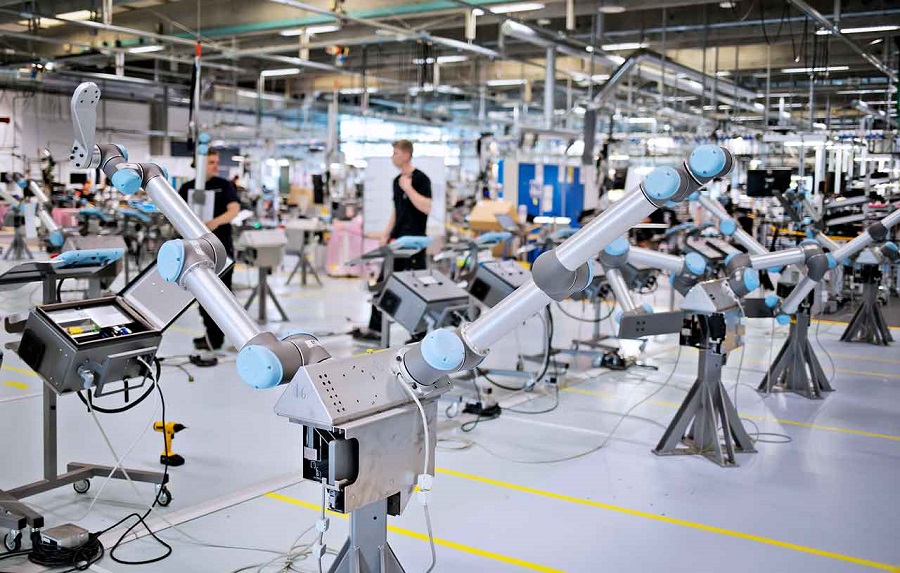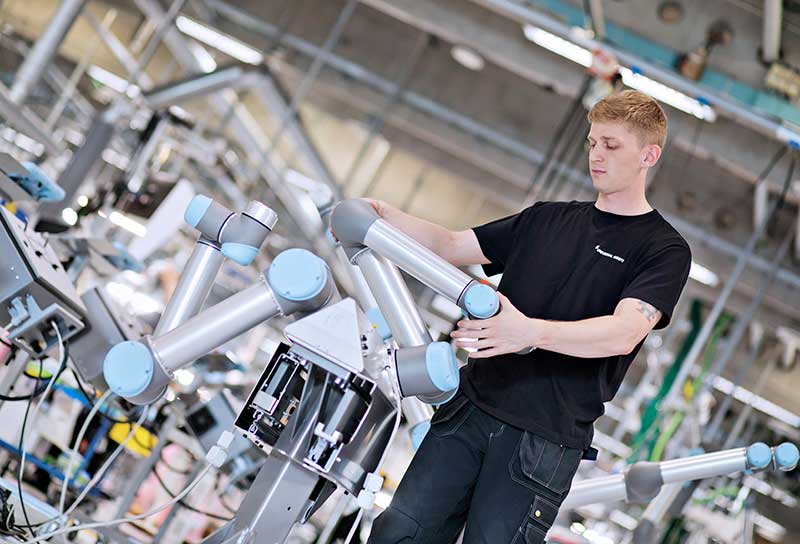Many manufacturing companies have turned to use robots to increase productivity. Collaborative robots have significantly increased productivity. Employing robots in production units reduces the production cost. Robots also produce quality products that bring more repeat customers.
The robotic technology is advanced to suit all the needs of a productive unit. Unlike traditional robots, Universal robots are highly automated. They also have different sizes, and thus they can be employed in any size of a company.
What Makes Universal Robots Unique?
The UR collaborative arms have unique features that make them highly effective. You will never go wrong with robotic arms from Universal. The following features make the UR robots outstanding:
1. Flexibility
Universal robotic arms are flexible, which makes them ideal for any plant. You can customize the robotic arms to suit your needs. Any size of the manufacturing plant can use the robotic arm.
There are small robots that small companies can use. These robots are light in weight and can be moved around. You can also place these robots on top of the tables or hang them on the walls—the traditional robots which were prominent in size and could only be used in big companies. Universal Robots are made in different sizes for any industrial plant.
2. Compatibility
UR3e model is compatible to fit in small workplaces. This robotic arm can be placed on top of tables, benches, or hang on walls. Some UR3e models are provided inside the machines. Due to their small size, the UR3e robots are the best for light and minute tasks like a screwdriver or light assembly.

3. Safety
The collaborative arms from Universal are programmed to share a workplace with humans. This feature makes the robots very safe to use. The robotic arms are fitted with sensors that can detect human presence. When their workplace is intruded on by humans, the robots slow down their speed and regain their momentum when the space is clear.
Some robots are programmed to cease their operation altogether until humans move out of their working areas. Some tasks in manufacturing plants are dangerous and can cause health issues to humans.
Functions that require heavy lifting can cause bodily injuries, thus increasing hospital bills. Other tasks like welding are done under high temperatures, which human beings cannot withstand. Robots works under all conditions without getting harmed.
4. Consistency
Robots are consistent in their work. Most of the tasks in manufacturing plants are repetitive and requires consistency. Human beings get tired of doing the same job over and over. Robots are precise and consistent in their performance.
A manufacturing plant can use one robotic arm to perform a series of tasks with precision. It’s not easy to get competent human workers to complete all the tasks in an industrial plant.
5. Economical
Working with robots saves the overall production cost. Time is one of the factors that contribute to high production costs. Human beings waste a lot of time when changing from one production line to the next.
Robotic arms are programmed to change from one task to the other automatically. Human workers also require to replenish. A lot of time is also wasted when workers take day-offs and sick-offs.
Universal robotic arms do not need any time -off due to sickness or fatigue. You can also program robots to work non-stop 24/7. Employing robots reduces production time by half and increases production.
You will also save money that you could have used to pay remuneration for human workers. Robots do not require salary increments, neither are they on the monthly bills. The only expense that you will incur is the initial purchasing cost.
Unlike human workers who waste materials during production, robots are precise, and material is wasted. Robots are also credible because they can not steal any materials.

